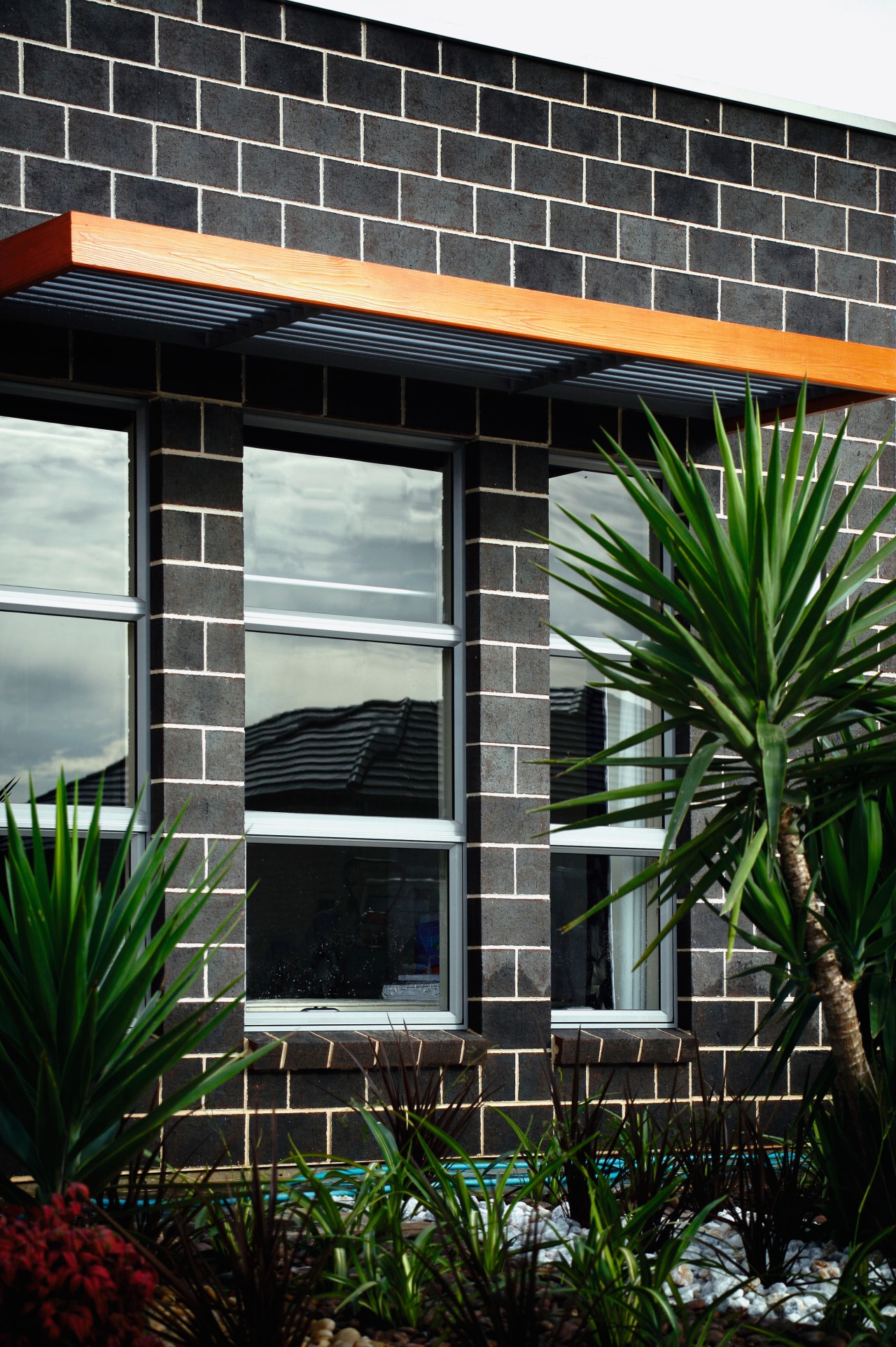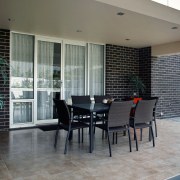Changing face of brick
Sustainable, energy efficient and well suited to contemporary architecture PGH clay bricks tick all the boxes

Street appeal is invariably on the list of must-haves for anyone looking for a new home. And this comes down to the choice of materials, as much as the design.
PGH Bricks & Pavers, a division of CSR Building Products, understands full well the need for products that will enhance contemporary and traditional architectural styles. The company's product development programme is constantly fine-tuning its brick and paver ranges to reflect changing trends.
Product manager Kim Roughan says straight, crisp lines for bricks are popular at present, particularly in metropolitan areas. Homeowners in regional areas are generally still opting for a more traditional, rustic look, preferring tumbled and thrown textured bricks.
"In terms of colour, dark browns and blue-blacks are prominent in Victoria and South Australia, where, historically, red bricks have been dominant," Roughan says. "Greys and browns have emerged as the current trend colours in New South Wales and Queensland."

Roughan says there is also a preference for composite designs that feature a mix of materials that may include steel or timber.
"Architects throughout the country are becoming more adventurous with the way they are using brick effectively we are seeing a new generation of designs coming through. Our industry body, Think Brick Australia, has been doing some great work with architects to change the perception of brick as a design material."
Roughan says there is also a demand for sustainable, energy-efficient materials.
"PGH bricks are made from both clay and shale, which are natural materials. In addition, the manufacturing process produces virtually no emissions, and the finished product is free of volatile organic compounds (VOCs). And, at the end of their life cycle, bricks can be recycled."
Clay bricks have an inherent thermal mass, which means, when used in accordance with proper sustainable design principles, they retain much of the energy they absorb. This cuts down on the need for mechanical heating and cooling, thereby reducing energy consumption and greenhouse gas emissions.
"Bricks have been a building material for thousands of years their durability is another key factor," says Roughan. "As well as being non-combustible, PGH bricks are termite resistant. They are also a very cost-effective alternative."
For homeowners, this translates to low maintenance another plus.
For further information, contact PGH Bricks & Pavers¢, phone 131 579. Website: www.pghbricks.com.au.
Story by: Trendsideas
Home kitchen bathroom commercial design









